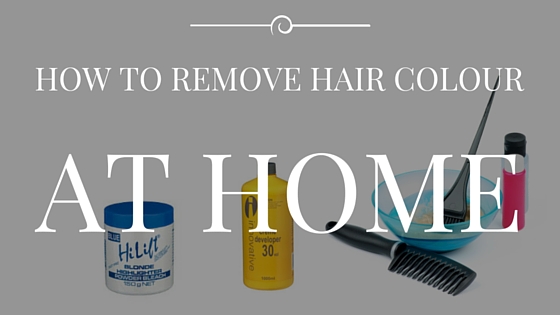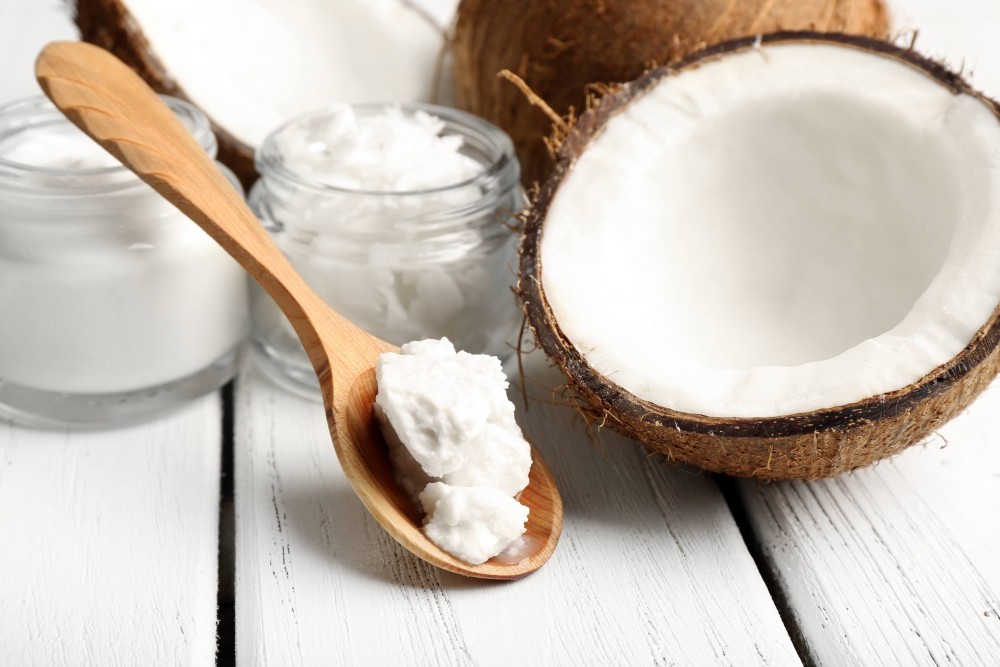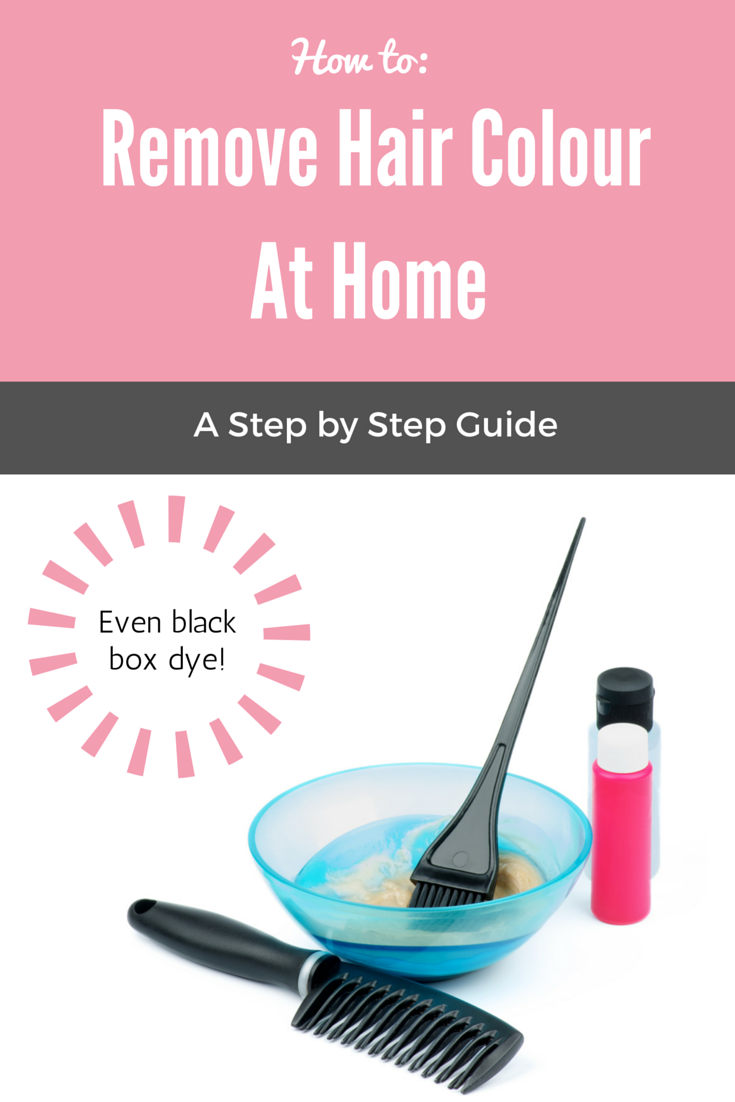You’ve made a mistake, you’re tired of looking the same or some other woe has befallen your hair colour. Never fear, there are ways to remove the colour and start again.
Before we begin it is important to understand that their are two main categories for hair colour removal and you need to know where you belong.
1. Hair that has been coloured in the past 24-48 hours.
2. Hair that has been coloured for weeks.
If you are in group one, your hair colour will be easier to remove as it hasn’t had as much time to ‘lock’ into the hair. If you’re in group two, you’ll need more patience and understand that there is no safe overnight solution.
If your hair has been coloured with red or purple pigments, these are the hardest to remove. But even if you’ve been colouring your hair with a supermarket brand black dye, I can show you just how to remove it and get your hair ready for it’s new colour. How do I know this? Not just hairdressing theory, but by putting myself and my own hair on the line in the name of science to test my methods.
The key to successful colour stripping is time and patience. If you want hair that feels and looks healthy, there are no short cuts.
Are you skilled enough to do this yourself?
If you can follow instructions accurately, like baking a cake, you’ll be able to do this yourself. If not, leave it to the professionals but know that the right results will really cost you.
Products you’ll need
- Sulphate based shampoo, look for Sodium Laurel / Laureth sulphate on the ingredient listings. This is a harsh cleanser (also used for engine degreaser) that is found in the majority of cheap shampoo brands. I would not recommend using a daily shampoo with this ingredient, but for our purposes it is just right.
- Bleach powder
- Peroxide at 20 vol. (No more than 20 -30 vol. if you don’t want to end up with nasty, broken straw hair)
- Coconut oil.
Tools you’ll need
- 2 ceramic of plastic mixing bowls NOT METAL
- Disposable gloves
- A tint brush
- Digital scales
- Hair sectioning clips
- Shower cap x2
- Timer
It is important to understand that if you want the best results, you’ll need to do this gradually. You won’t be going from black to golden blonde overnight, you’re more likely to go bald if you try this!
Depending on how dark your hair is now, the lighter the colour you want to end up with, the longer this process will take. When I decided to strip the black dye from my hair, I allowed myself a full two weeks of stripping time before I even attempted to put another colour into it. But what to do when you’re in that nasty in between stage? That’s where things like my How to Tie a Headscarf video comes in handy. And if you’re doing this over the winter months, berets are a god send!
Before you begin.
It is important to do an allergy test. To do this, mix a small about of bleach and developer (peroxide) in equal parts, onto a cotton tip. Apply this in a thin film the the inside of your elbow, then leave for a few hours to determine if you have a reaction. Make sure to wash this off.
Also, remember you are about to bleach your hair and bleach is not discerning. So make sure you cover your work area, wear appropriate old clothes or towels to protect yourself.
There will be two different scenarios for those of you wanting to remove colour from your hair.
Type 1 – Your colour has been in for less than 48 hours and needs to be lightened.
Type 2 – You are removing permanent/ or semi permanent colour that you have been using for a while.
Here’s how:
Step 1
For Type 1 scenario, first wash your hair several times with a sulphate based shampoo. This is common in all the cheap supermarket brands, (it’s also used as an engine degreaser) and really is not the best option for day to day use. You’ll find it in the same concentration in anti dandruff shampoos as you will in other cheap brands. Here is what to look for on the ingredient listing:
Sodium Laurel (or Laureth) Sulphate
After you have washed your hair several times, (do not condition) towel dry your hair until it is damp before moving onto step two.
If you are a Type 2 scenario, you don’t need to wash your hair, just spray a bit of water to make it damp but not wet, then proceed to step two.
Step 2
Prepare your mixtures. Add your shampoo into the first ceramic bowl; how much you use depends on how much hair you have. You may find you need up to a full cup of shampoo in this bowl as you’ll be using this as the basis for the bulk of your mixture.
To prepare your bleach mixture into the second ceramic bowl, first put your empty bowl onto your digital scales and zero out. Then add 30g (or 1 oz) of bleach powder and 30g (1 oz) of 20 vol. developer / peroxide lotion. Using your tint brush, mix these together to form a uniformed coloured paste. BEWARE this is gives off strong fumes and you’ll need to do this in a well ventilated area.
Step 3
Add the bleach mixture into your shampoo mixture bowl, and mix them all together until they also form a uniform colour and smooth paste.
Step 4
Start applying the mixture with the tint brush at the top section of your hair, sectioning as you go and work your way all the way to the bottom section. Once all of your hair is covered with the mixture, massage in in from roots to tips so not parts are missed.
Step 5
Using your sectioning clips, clip your hair up and cover with your shower cap. The heat from your scalp will help speed up the developing time and the cap will stop any mess.
Step 6
SET YOUR TIMER for 20 minutes. You will be able to feel your scalp tingle as the mixture works, but it should not be painful or burning (if you have successfully performed your allergy test and have mixed according to the instructions). Your roots will ‘lift’ faster than the rest of the hair shaft, the ends take longer. This is because of the colour build up inside the hair shaft as you head towards the ends.
Step 7
Check your hair to see if it has lifted to your desired level of lightness within that 20 minute time frame. If not, leave the mixture on for 10 more minutes, no longer!
Step 8
Wash the mixture thoroughly from your hair, you also won’t need to use conditioner at this stage. Your hair will feel quite strange and grippy at this point. Towel dry until your hair is damp.
Step 9
Using liberal amounts of your coconut oil, coat the whole head of hair from root to tips, massaging into your scalp. Once your whole hair is filled with the oil, replace a clean shower cap over your hair so you’re able to sleep with the oil in and not make a mess. Once again, the shower cap will help your head retain its natural heat and improve the benefits of the oil therapy.
Step 10
The next morning simply shampoo the oil out of the hair and condition as normal. Repeat this coconut oil treatment for the next 72 hours in order to fortify the hair with protein before attempting to add new colour.
When I decided to remove the jet black from my hair and go blue instead, I repeated this process slowly over two weeks in order to get my hair light enough and ready to take the new colour. By taking things slowly, I was able to achieve the perfect new colour and still have strong, shiny and healthy hair. Yes, this did mean that I had really nasty yellow / orange hair for a while there, but with the help of scarves, berets and hats; I was able to bide my time.
The whole process of changing my hair from black to the perfect navy blue has actually taken me six weeks. By doing it myself, I was able to not only save a heap of money, but I was able to take the time I needed to achieve the perfect finish. My total cost came in around $20, instead of a process that would have taken several visits and $$$ at the salon.
If you have any stories to add or would like to ask any specific questions about colour removal, go for it in the comments!



Would you also use these steps for naturally dark brown or black hair with no dye?
Lorri: No, these methods are too harsh for uncoloured hair, especially yours. If you want to lighten your hair I’d recommend either seeing your hairdresser or if you need to keep it to a low budget, check out some of the gentle blonding solutions from Loreal. Your hair is quite fine, so you’ll need to be extra gentle with it. 🙂
I am about to embark on this process, at a salon as i don’t trust myself. I’m going royal blue for Dysautonomia Awareness Month in October and am a little worried, although determined. My big question is how does your hair hold up after? And do you recommend the coconut oil treatment ongoing after the stripping and dying has occured?
Rusty Hoe: Taking it easy with the bleach bath process made all the difference, as well as the fact that I have thick healthy hair to start with. I wouldn’t recommend it if you have fine or previously damaged hair.